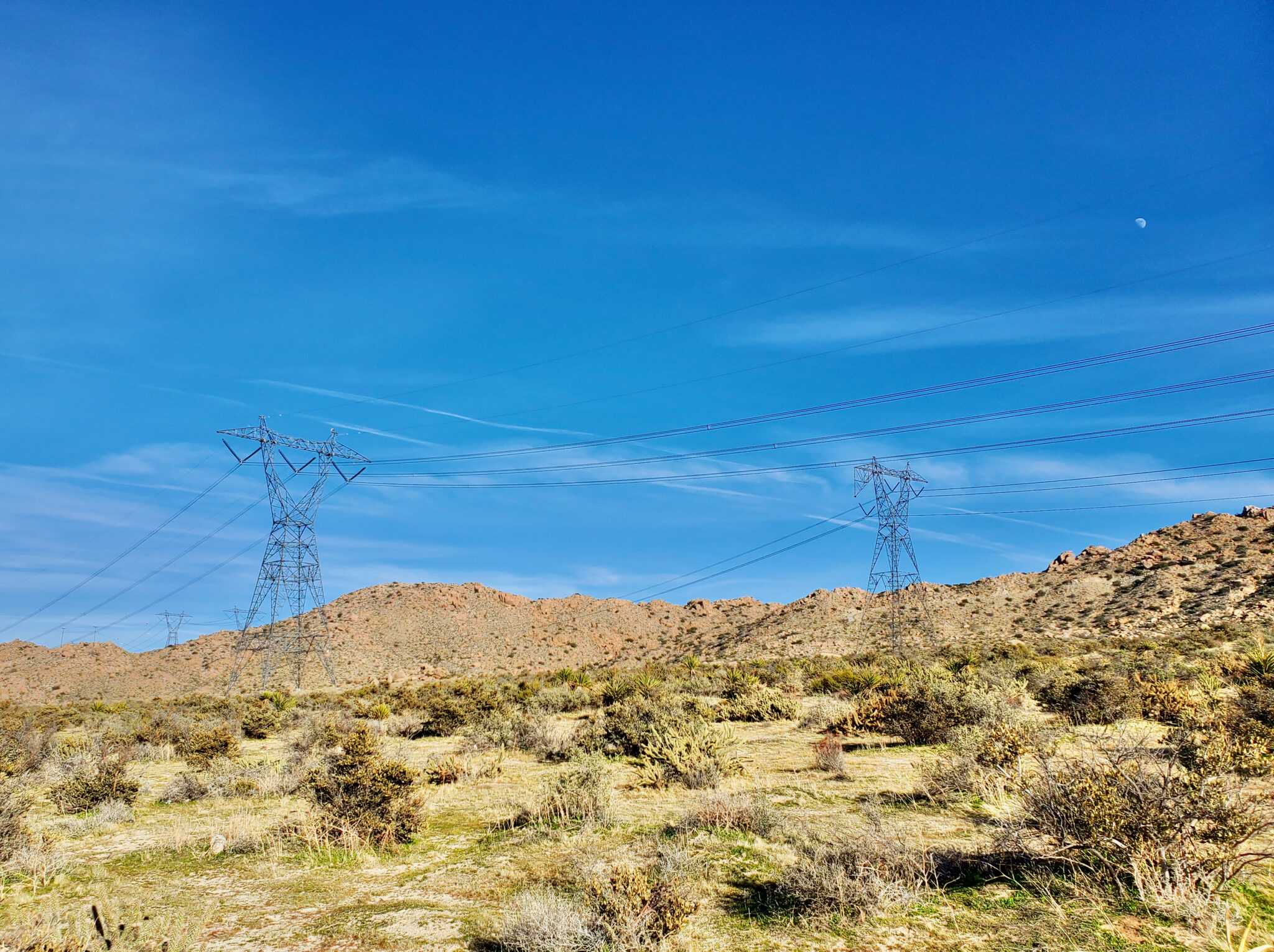By Tommy Hough and Bill Powers
Gov. Newsom and California Democrats are hard at work weakening some of our nation’s most effective environmental and regulatory pillars. The reason? Corporate and special interest cash is getting preferred treatment by the party these days, even as corporate interests conflict with the public interest.
The great landscape photographer and conservationist Ansel Adams famously said in 1976, “It is horrifying we have to fight our own government to save the environment.” But as we’ve had to do on so many other occasions, it appears we’ll once again have to push back against our own government.
Except this time the challenge isn’t stopping a massive clearcut of Redwoods or wiping out a river ecosystem to build a dam. This time it’s about Governor Newsom and the state Democratic Party pulling apart the basics of California’s environmental protection and oversight, and the regulatory tools scientists, environmentalists, and the public use as part of the California Environmental Quality Act, better known by its acronym of CEQA.
Upon news of Newsom’s move against CEQA, the Republican Senate minority leader pledged that his party would be “eager to collaborate,” while a popular California Democrat cynically said the eradication of CEQA would be a great opportunity for bipartisanship.
That’s where the California Democratic Party is these days on the environment.
Signed into law in 1970, CEQA requires every California city, county, and public agency to analyze and disclose environmental impacts of proposed projects, and adopt measures to mitigate those impacts. As is often the case, and as was argued 10 years ago during the last serious attempt by California Democrats to deconstruct the state’s premiere environmental protection apparatus, the excuse given to jettison this effective environmental law is one of entitled impatience and developer/donor-driven expediency.
That this current move to crater CEQA is being trumpeted by Governor Newsom is a shame. While the governor continues to be 100 percent spot-on with his remarks and policy on gun control and preserving a woman’s right to choose, Newsom is way off the mark on his greenwashed approach to preserving our environment by buying into the developer and builder-driven fallacy that cutting trees and pouring concrete — about as carbon-intensive and polluting a process as any — to build more is somehow good for the environment, while wiping out biodiverse habitats that are already serving the state as carbon-sequestering assets.
How Orwellian it is that our governor and other state officials believe the only way to build environmental infrastructure is to first jettison the very environmental law and review that all construction in the state is compelled to abide by. Imagine taking that argument to court — it rivals the wartime adage of “we had to destroy the town to save it.”
It’s also disingenuous of the governor to claim a climate action emergency after having suffocated any financial incentive for ratepayers, property owners, and homeowners to utilize rooftop solar. The state’s new net metering policy undercuts consumers that want to be a part of the solution. And it’s a boon for utilities like San Diego Gas and Electric and other Sempra-owned outlets that conveniently donate millions of dollars to Democratic political coffers.
California has some of the largest urban centers and reliably sunny weather in the nation. Building more “extension cords” to our deserts over hundreds of miles of wild, public lands and wildlife habitat is a ridiculous waste of resources when the state could instead ensure that everyone who wants to put solar panels on the roofs of their home, business, warehouse, or parking lot can do so. Why are we “importing” the same solar that shines on our front doors from hundreds of miles away at the cost of habitat, species, and biodiversity? And why are so many Democrats today so insistent on dismissing the environmental value of wilderness and otherwise undisturbed habitat in our deserts?
As much as we are living through an extinction crisis the likes of which the world has never seen, we’re also living in an era in which unlimited funds regularly swell political action committees in support of candidates. We can thank the U.S. Supreme Court’s 2010 Citizens’ United decision for that. Grassroots entities whose currency is clean air, clean water, or biodiverse habitats and open space don’t stand a chance against the influence of hundreds of millions of dollars funneled toward political ends.
For the moment, Democrats can pull reliable majorities in most cities and urban centers statewide. Developers, builders, utilities, and other entities can simply greenwash issues and provide more money for mainstream Democratic political coffers, PACs, and slush funds. This “corporation and corporate cash first” philosophy of mainstream Democrats, while turning a blind eye to environmental protection and the impacts of runaway development, is a harbinger of the long-term decline of the party — a tragedy given how correct Democrats are on so many other important issues.
Newsom’s acquiescence to gutting rooftop solar in favor of the utilities’ bottom line is but one example. The party cannot remain a de facto corporate stooge and sustain any dynamism over time. People will see this hypocrisy for what it is, and will look elsewhere for solutions.
Bill Powers, P.E., is a professional mechanical engineer and the author of two local solar and battery storage decarbonization plans for San Diego.
Tommy Hough is a San Diego County Planning Commissioner and the founding president of San Diego County Democrats for Environmental Action. He served on the San Diego County Democratic Party central committee from 2014 to 2021, and served as a California Democratic Party delegate from 2015 to 2023.
Pinto Basin desert tortoise photo © 2016 Brad Sutton
Elliot Mine trailhead power pylon photo © 2020 Tommy Hough


